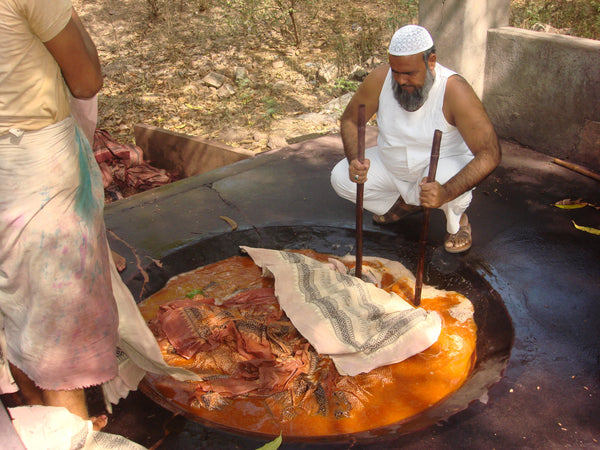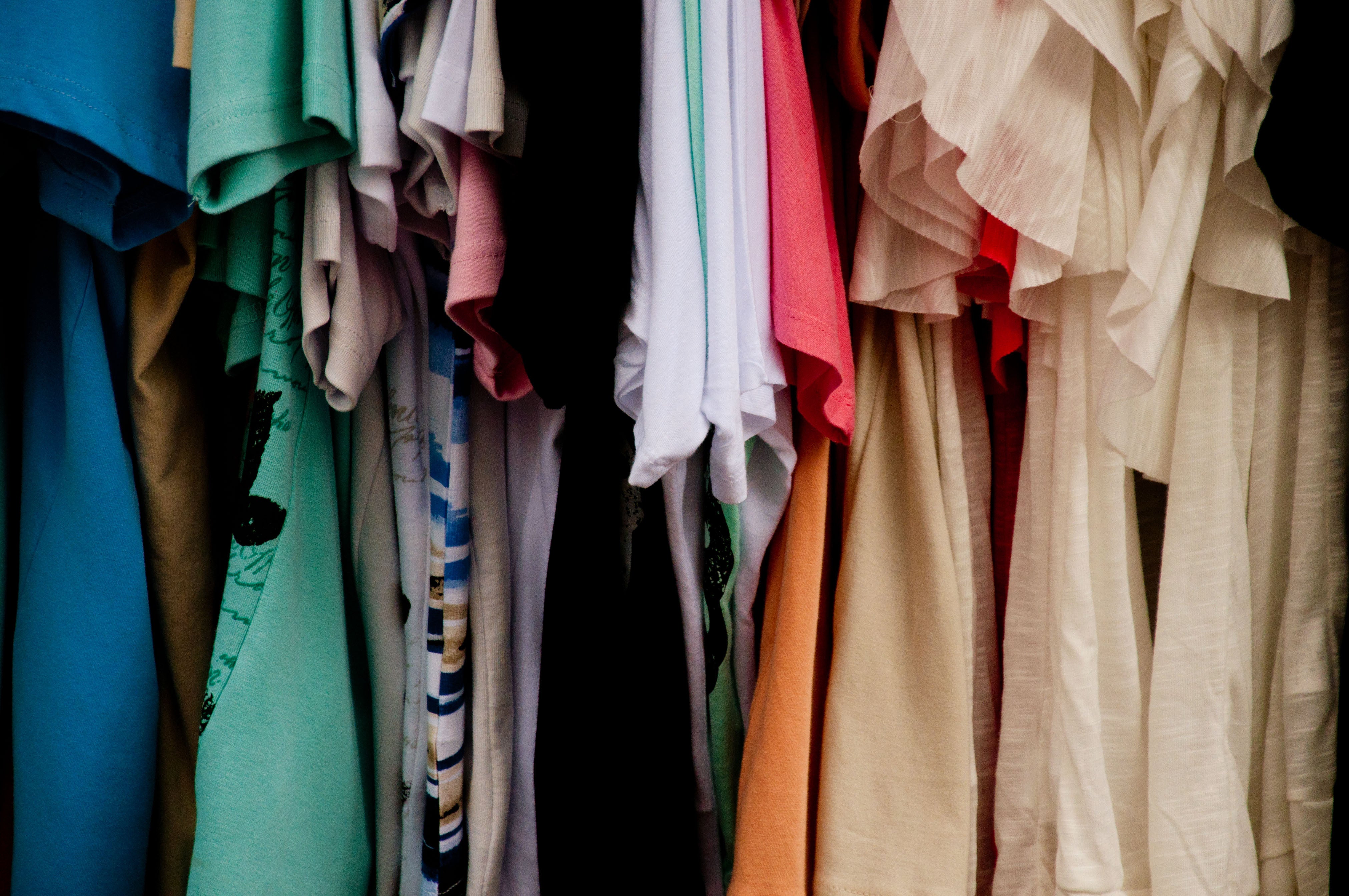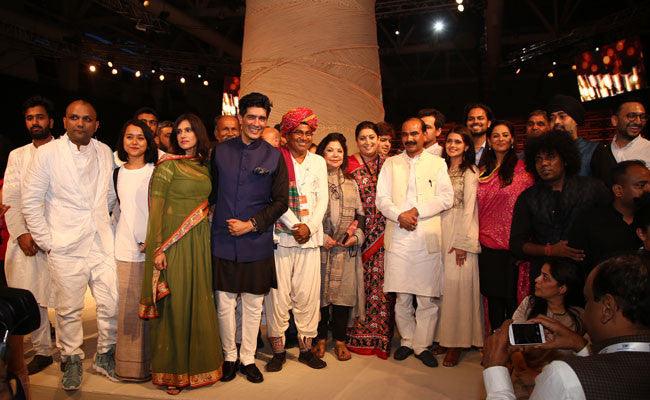Deriving its name from a far-flung village Bagh situated in Dhar (Madhya Pradesh), Bagh prints are one of the most perennial crafts of our country. The early traces were found by the Ajrak Printers on their expedition from Sindh to Manawar, where they discovered the river – ‘Baghini, streaming through the lands of Manavar rich in copper content. This copper content was an unidentified reserve that could be massively used for achieving superior color quality on the fabrics dyed.
These printers laid the foundation of this craft in 1962 and the journey has magnificently evolved since then. A craft merely started as an experiment, today commands a great foothold in the fashion realm.


Inspiration
Primarily a hand-block technique, the blocks are intricately engraved with motifs inspired by flora and other crafts, ranging from Bush and Mushrooms to Leheriya and Jaali work. The design inspirations also came from landscapes and geometrical figures. The motifs evoke diverse moods, that reflects the serenity of the prints, giving Bagh prints an exclusivity of its own.
Pre-Printing Process
The pre-printing process begins with thoroughly washing the fabric to remove impurities. Once dried, the fabric is repeatedly dipped in a solution made from castor oil and goat dump in order to make it absorbent. To give it a yellow tone the fabric is soaked in a starch solution prepared from ‘Tarohar’ and ‘Harada’ powder and dried again in shade for several hours. The oblique sunlight basically prevents the fabric from turning green.
A paste is made by mixing the dye with ‘Dhavda’ (a kind of flower) gum. The dye is predominantly made from two colors i.e., Black and Red. The red color is achieved by boiling alum and tamarind seeds. While for black, a required amount of iron rust is boiled until it makes a thick paste. Once the dye is prepared, they are filtered and poured into wooden trays and are ready for application.
Printing Process (Bhatti Process)
The yellowish fabric obtained in the pre-printing is now set for printing. The craftsmen skillfully print and match the intricate designs onto the fabric. The fabric is evenly stretched across the table, and a black boundary is drawn with plain stamps around the corners of the fabric. Now craftsmen start printing the motifs in a linear pattern, starting from one edge to the other, and the process goes on until the whole fabric is covered.

To avoid overlapping artisans, place a white paper or an old cloth over the printed areas, and is then hen it is left to dry.
For Bagh prints to have a contrasting character, it must pass through another dyeing process. In this process a solution is made up from ‘Alizarin’ mixed with ‘Dhavadi’ flower extracts and fabric is dipped and boiled together for at least five to six hours.
The alizarin reacts with the printed dye and gives a bright red color to the fabric. At the same time, Dhavadi flower works as a bleaching agent on the parts printed by Harada and gives it a white color. Hence, all the colors of Bagh Print are successfully achieved on the fabric, i.e., white, black and red.
Finally, the printed fabric is taken to the Baghini River (rich in copper content) for subsequent washes to enhance the colors and smoothen the fabric. The fabric is left to dry for two to three days and is ready for stitching and designing.

Adding this beautiful essence to our box of jewels we introduce the all new category of Bagh Prints to our collection. Inspired by the intricate motifs and fine hues these prints will take you back to the era of bagh printers and add an edge to your designing. A treasure hidden from most of us, can be your next design inspiration so visit our website and design your own.
Follow us on:
Facebook: @Fabriclore
Instagram: @fabriclore





